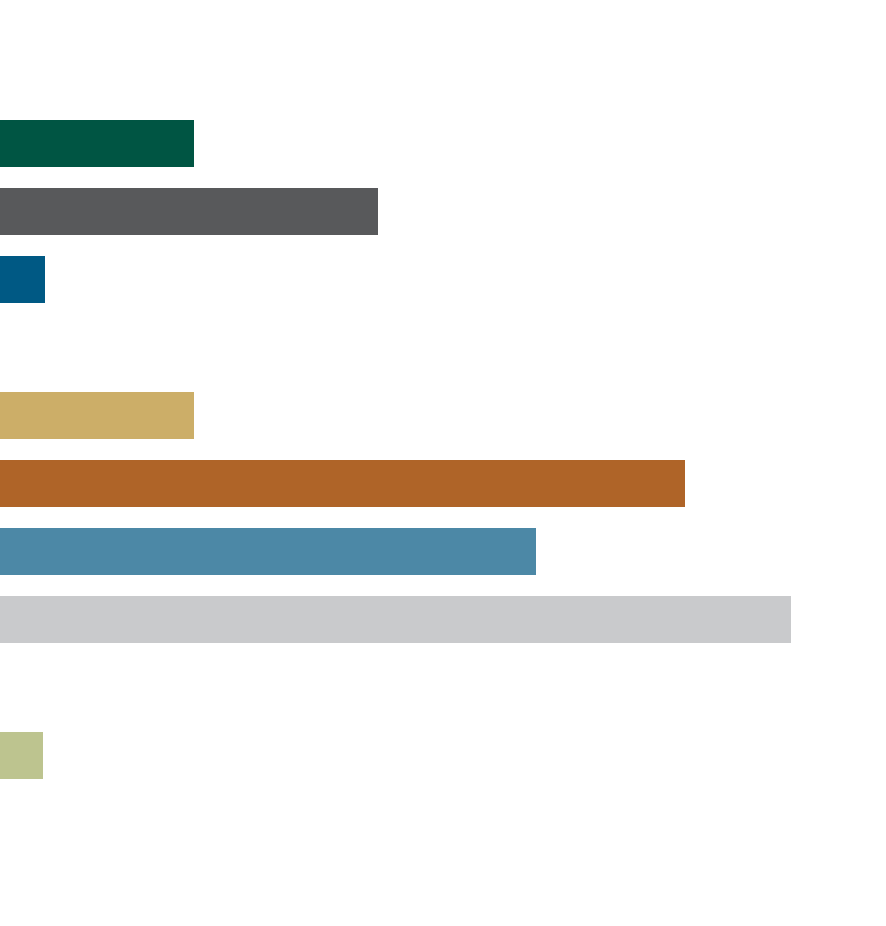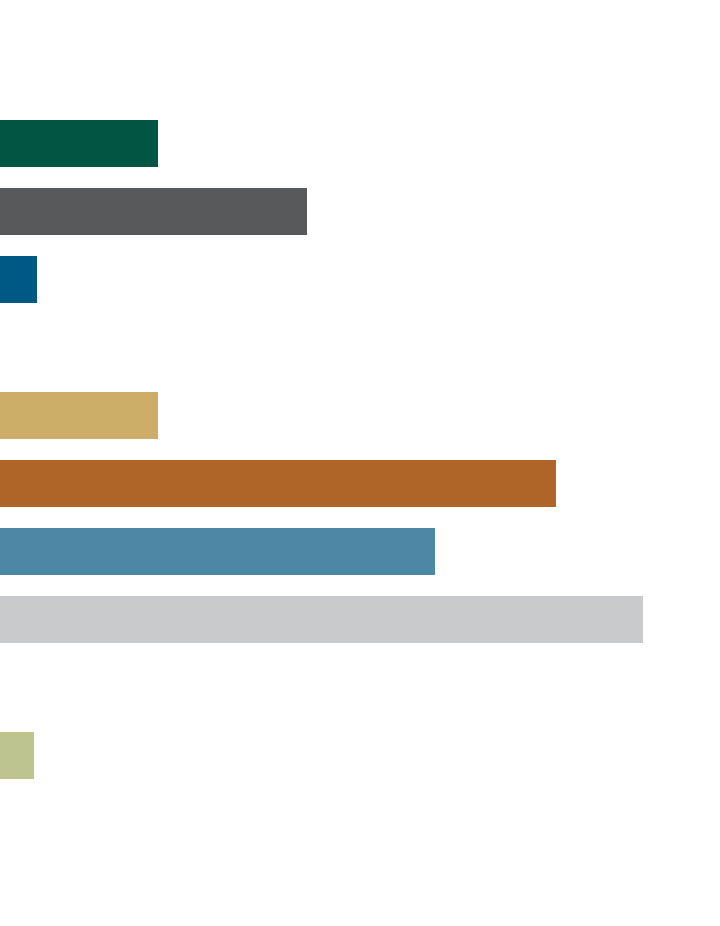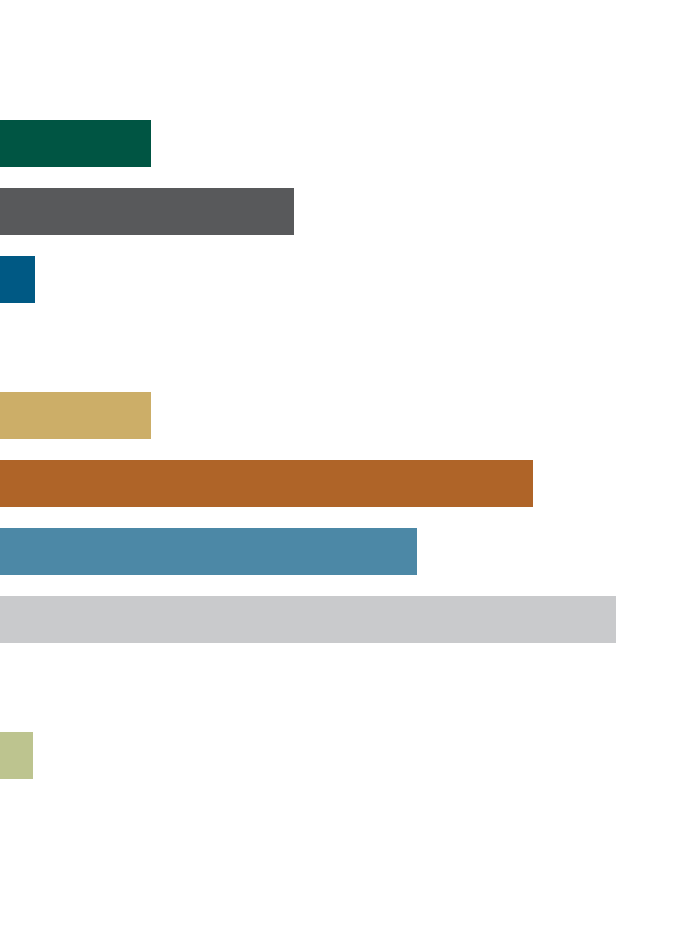- About Us
- Investments
- Performance
-
News & Insights
- News
- Thought Leadership
- Research & Data
- Advanced Document Filtering
- Resources
- Account Management
- Contact
- Corporate Home
The investment team seeks to invest in companies with franchise characteristics that are benefiting from an accelerating profit cycle and are trading at a discount to private market value.
| As of 30 June 2024 | QTD | YTD | 1 Yr | 3 Yr | 5 Yr | 10 Yr | Inception |
|---|---|---|---|---|---|---|---|
| Advisor Class: APDMX | -5.67 | 4.14 | 10.13 | -5.72 | 8.22 | 9.24 | 12.54 |
| Russell Midcap® Growth Index | -3.21 | 5.98 | 15.05 | -0.08 | 9.93 | 10.51 | 9.14 |
| Russell Midcap® Index | -3.35 | 4.96 | 12.88 | 2.37 | 9.46 | 9.04 | 9.70 |
| As of 30 June 2024 | QTD | YTD | 1 Yr | 3 Yr | 5 Yr | 10 Yr | Inception |
|---|---|---|---|---|---|---|---|
| Advisor Class: APDMX | -5.67 | 4.14 | 10.13 | -5.72 | 8.22 | 9.24 | 12.54 |
| Russell Midcap® Growth Index | -3.21 | 5.98 | 15.05 | -0.08 | 9.93 | 10.51 | 9.14 |
| Russell Midcap® Index | -3.35 | 4.96 | 12.88 | 2.37 | 9.46 | 9.04 | 9.70 |
| 2019 | 2020 | 2021 | 2022 | 2023 | |
|---|---|---|---|---|---|
 |
|||||
| Advisor Class: APDMX | 38.47 | 58.98 | 10.49 | -36.74 | 24.22 |
| Russell Midcap® Growth Index | 35.47 | 35.59 | 12.73 | -26.72 | 25.87 |
| Russell Midcap® Index | 30.54 | 17.10 | 22.58 | -17.32 | 17.23 |
| Semi-Annual Report 31 March 2024 | 1.05% |
|---|---|
| Prospectus 30 September 2023 | 1.05% |
See prospectus for further details. Semi-Annual Report Figure(s): Unaudited, annualized for the six-month period.
|
Top 10 Holdings (% of total portfolio as of 30 June 2024) |
|
|---|---|
| Argenx SE (Health Care) | 3.6 |
| West Pharmaceutical Services Inc (Health Care) | 3.5 |
| Tyler Technologies Inc (Information Technology) | 3.3 |
| Ascendis Pharma A/S (Health Care) | 3.3 |
| Spotify Technology SA (Communication Services) | 3.1 |
| Dexcom Inc (Health Care) | 2.8 |
| Lattice Semiconductor Corp (Information Technology) | 2.7 |
| Chipotle Mexican Grill Inc (Consumer Discretionary) | 2.6 |
| Synopsys Inc (Information Technology) | 2.6 |
| HubSpot Inc (Information Technology) | 2.6 |
| Total | 30.1% |
|
Portfolio Statistics (as of 30 June 2024) |
|
|---|---|
| Median Market Cap (Billions) | $24.4 |
| Weighted Avg. Market Cap (Billions) | $32.0 |
| Weighted Harmonic Avg. P/E (FY1) | 37.3X |
| Weighted Harmonic Avg. P/E (FY2) | 32.4X |
| Weighted Avg. Hist. 3 Yr Sales Growth | 30.7% |
| Weighted Avg. LT Debt/Capital | 28.0% |
| Active Share | 82.4% |
| Annual Turnover | 46.9% |
| Number of Securities | 64 |
| Cash (% of total portfolio) | 1.5% |
|
Market Cap Distribution (% of portfolio securities as of 30 June 2024) $ in billions |
|
|---|---|
| 41.4+ | 25.7 |
| 30.9–41.4 | 10.6 |
| 21.1–30.9 | 29.3 |
| 12.4–21.1 | 15.2 |
| 0.0–12.4 | 19.1 |
| TOTAL | 100.0% |
|
Sector Diversification (% of portfolio securities as of 30 June 2024) |
|
|---|---|
| Communication Services | 6.8 |
| Consumer Discretionary | 9.9 |
| Consumer Staples | 1.4 |
| Energy | — |
| Financials | 4.4 |
| Health Care | 23.7 |
| Industrials | 17.6 |
| Information Technology | 34.8 |
| Materials | — |
| Real Estate | 1.3 |
| Utilities | — |
| Other | — |
| Total | 100.0% |


